Eastern redbuds are one of my favorite flowering trees; those early spring blooms light up my yard each year. But after the flowers fade, something else quietly takes the stage: the seed pods.
I used to ignore them, assuming they were just leftovers from the bloom. Over time, I realized how much they offer.
Eastern redbud seed pods aren’t just ornamental; they support wildlife, add seasonal texture, and can be used to grow new trees.
Learning about them helped me better understand my tree’s life cycle and how to manage it more mindfully.
In this blog, I’ll share everything I’ve learned from how to identify redbud seed pods to when and why you might remove them.
I’ll also explain how to harvest seeds, germinate them, and even help local wildlife with your choices.
What Are Eastern Redbud Seed Pods?
Eastern redbud seed pods are flat, papery structures that form after the tree’s iconic spring flowers fade. They resemble miniature pea pods, about 2 to 4 inches long, and hang in clusters across the branches.
As summer progresses, these pods mature from green to a dry brown and usually remain on the tree through winter. While some might see them as messy or insignificant, they play a vital role in the tree’s reproductive cycle.
Each pod contains several seeds, making them an opportunity for natural propagation. They also serve as a seasonal marker and visual accent throughout fall and winter.
These pods don’t harm the tree and can be left alone or pruned, depending on your preference. Be it you’re gardening for looks, wildlife, or future growth, understanding these seed pods is the first step to working with your redbud tree, not against it.
What Eastern Redbud Seed Pods Look Like
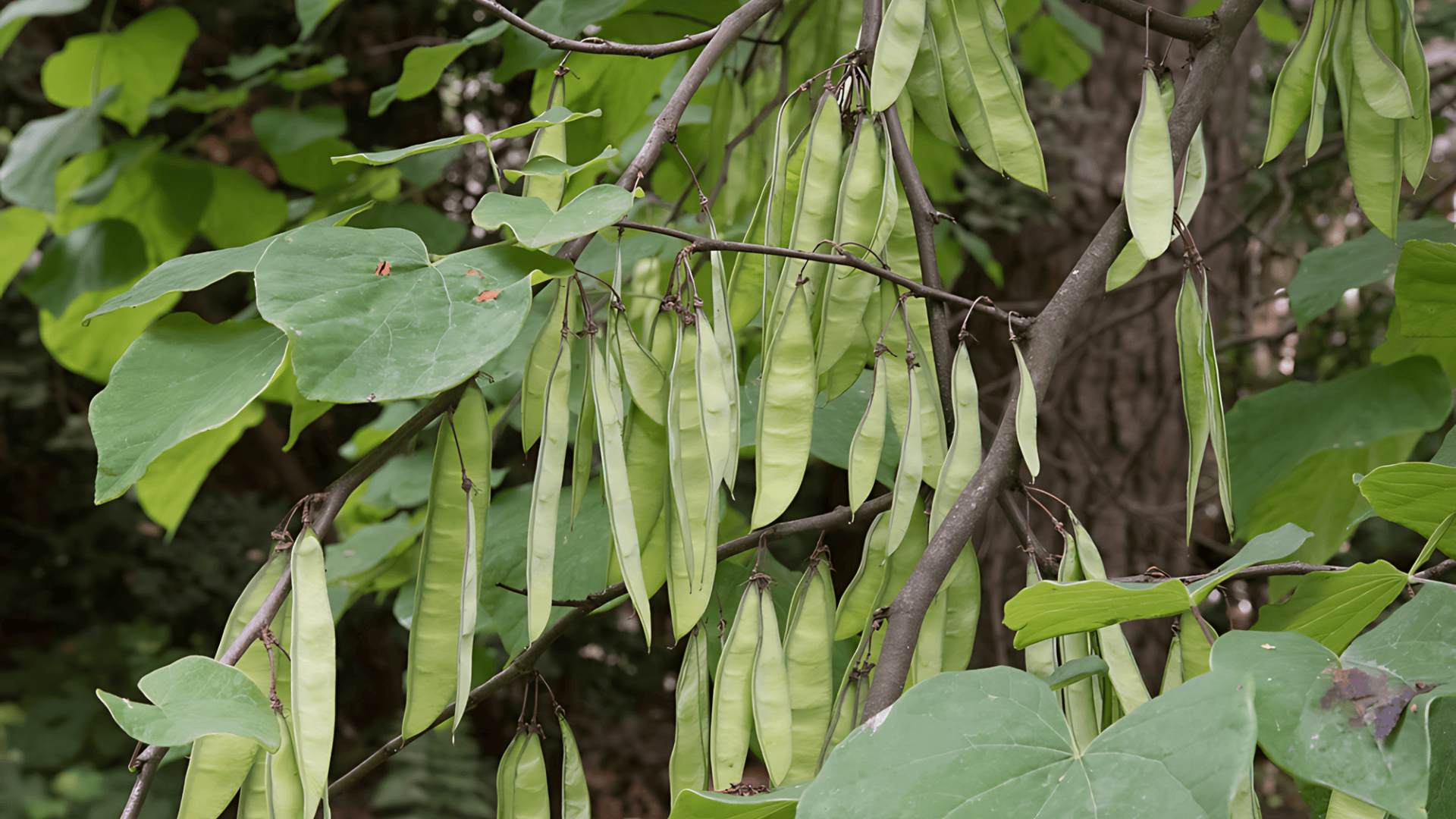
Eastern redbud seed pods have a smooth, narrow shape and lie flat along the branches.
They appear soon after the blooms fade, starting as soft green pods in early summer. As the seasons change, they dry out and shift to a dull brown by fall.
These pods don’t fall right away; instead, they remain attached through winter, giving the tree a textured look during its leafless months.
Their lightweight structure lets them sway in the breeze, and their clustered formation can sometimes cause smaller branches to droop slightly.
Unlike showy flowers, the pods add subtle movement and form to the tree.
With their consistent size and seasonal changes, they’re easy to spot once you know what to look for, especially if you’re tracking seed maturity or planning future redbud propagation.
How Redbud Seed Pods Hang and What’s Inside
Redbud seed pods cluster along thin branches and often persist through winter, giving the tree a distinctive appearance. Inside each pod are several lightweight seeds, varying in number and viability based on the tree’s health and age.
| Features | Details |
|---|---|
| Seeds per Pod | 4 to 10 |
| Pod Size | 2–4 inches long |
| Seed Shape | Small, round, slightly flat |
| Viability Rate | 50–70% under proper care |
| Pod Weight | Very light, wind-dispersed |
| Best Harvest Time | When pods turn fully brown in fall |
Are Eastern Redbud Seed Pods Safe to Eat?
Curious gardeners often ask if eastern redbud seed pods are safe around pets or kids, or if they’re even edible. While these pods are mostly harmless, a few essential points help you decide how to treat them in your yard or kitchen.
- Non-Toxic to Humans: Eastern redbud pods are not poisonous and won’t cause harm if touched or accidentally eaten in small amounts. Many people consider them completely safe to have in the garden.
- Edible When Young: Immature pods can be eaten raw or lightly cooked. Their taste is mild, similar to snow peas, and they’re best harvested when still green and tender.
- Avoid Old Pods: As pods dry, they get fibrous and bitter. Older ones aren’t pleasant to eat and don’t offer nutritional value worth the tough texture.
- Survival or Foraging Use: In a survival situation, young pods can be boiled or stir-fried. They offer limited nutrition, but can be incorporated into a wild edible plant-based diet if prepared appropriately.
Best Time and Tools for Removing Redbud Seed Pods
To remove redbud seed pods, pick the right time, late fall to early winter, after the leaves have fallen but before moisture sets in. The table below outlines the necessary items for a safe cleanup.
| Task Element | Recommendation |
|---|---|
| Best Time | Late fall to early winter |
| Ideal Conditions | Dry, crisp pods on bare branches |
| Tools for Low Pods | Hand-held bypass pruners |
| Tools for High Pods | Telescoping pruning pole |
| Frequency | Once per year (optional) |
| Tree Health Impact | Minimal if done carefully |
When and How to Harvest Redbud Seeds for Propagation
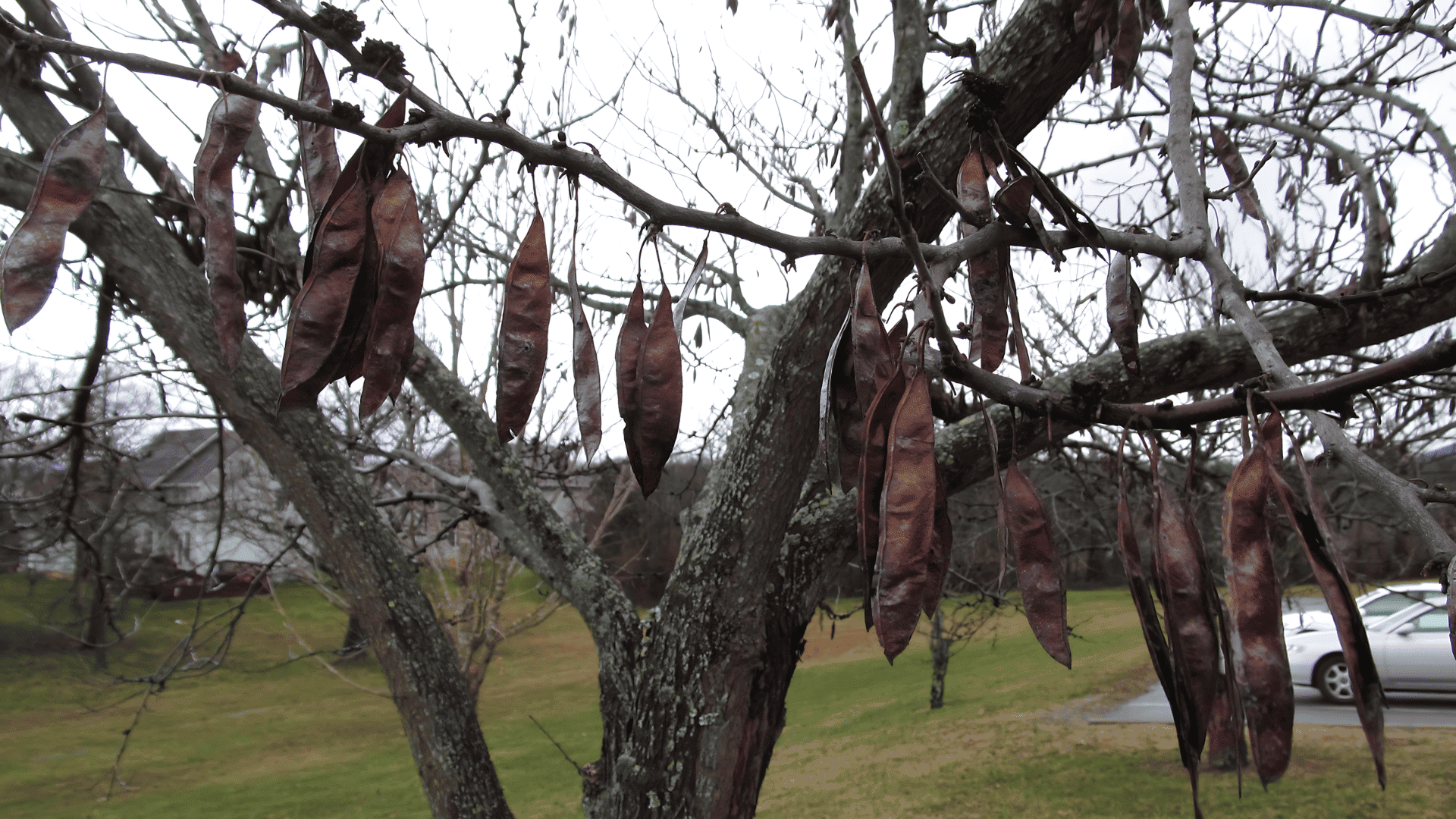
Eastern redbud seeds are ready to harvest when pods turn dry and brown in late fall. Collect on a dry day and store in breathable containers. Proper timing, selection, and storage all contribute to improved germination success.
| Harvesting Step | Details |
|---|---|
| Best Time to Collect | Late fall, when pods are brown and dry |
| Ideal Conditions | Dry, sunny days (avoid moisture) |
| Storage Method | Paper bags or envelopes (not plastic) |
| Seed Viability Check | Look for plump, brown seeds only |
| Avoid Damaged Seeds | Discard shriveled, soft, or blackened seeds |
| Use Timeframe | Plant within 6–12 months for best results |
Redbud Seeds: Germination Tips
Germinating eastern redbud seeds requires preparation, such as scarification, chilling, and suitable soil, mimicking natural processes for better sprouting and successful tree growth.
- Scarification: Scratch or nick the hard outer seed coat using a file or sandpaper. This helps water penetrate and activate the germination process.
- Cold Stratification: Store seeds in a moist paper towel inside a sealed bag in the fridge for 5 to 8 weeks. This simulates winter dormancy.
- Soil Requirements: Use a loose, well-draining soil mix like seed-starting or sandy loam. It prevents rot and allows young roots to spread easily.
Wildlife and Environmental Benefits of Redbud Seed Pods
Eastern redbud seed pods may appear to be garden clutter, but they actually benefit wildlife and improve soil quality. They feed small animals and enrich the ground as mulch, supporting your yard’s natural balance year-round.
- Winter Food Source: Birds like chickadees and finches may peck open dry pods to eat the seeds during colder months when food is scarce.
- Foraging Behavior: Squirrels are known to nibble on redbud pods. While not their primary food source, they’ll snack on them if other options are limited.
- Indirect Pollinator Support: While the pods themselves don’t feed bees, redbud trees support pollinators during blooming, completing a helpful cycle of food and shelter.
- Habitat Diversity: Seed pods and leftover growth add variety to your backyard ecosystem, giving insects and small critters places to hide or study.
- Weed Barrier: A layer of fallen pods may help suppress weeds by blocking sunlight, especially useful around tree bases or in flower beds.
Do Redbud Trees Drop Seed Pods Every Year?
Eastern redbuds naturally drop seed pods annually. Mature trees produce more, and environmental factors influence their duration.
| Aspect | Details |
|---|---|
| Annual Production | Older, healthy redbuds produce more pods each year |
| Pollination Influence | More bees in spring = more flowers and pods later on |
| Warm Climate Effect | Pods stay on branches longer through winter |
| Cool Climate Effect | Pods drop earlier due to frost, snow, and wind |
| Urban vs. Wild Trees | City trees may have fewer pods from limited pollination |
| Compost or Mulch Use | Fallen pods can be added to mulch piles for natural breakdown |
Cleanup Tip: Use a blower or light rake; pods are dry, light, and rarely sticky
The Bottom Line
Eastern redbud seed pods might seem unimportant at first, but I’ve come to see them as a meaningful part of the tree’s life cycle.
They mark the changing seasons, offer food to wildlife, and hold the potential to grow new trees right in your backyard.
At first, I didn’t think much of them, but over time, I’ve come to understand that understanding these pods makes Redbud care easier and far more rewarding.
Whether I’m trimming them off for a cleaner winter look or collecting seeds to start in spring, it helps me feel more connected to the natural rhythm of my garden.
Even the smallest parts of a tree can offer lessons about patience, growth, and care.
If you’ve ever felt unsure about redbud seed pods or what to do with them, I hope this guide helped you. Share it with someone who loves trees, too.

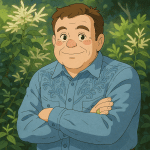
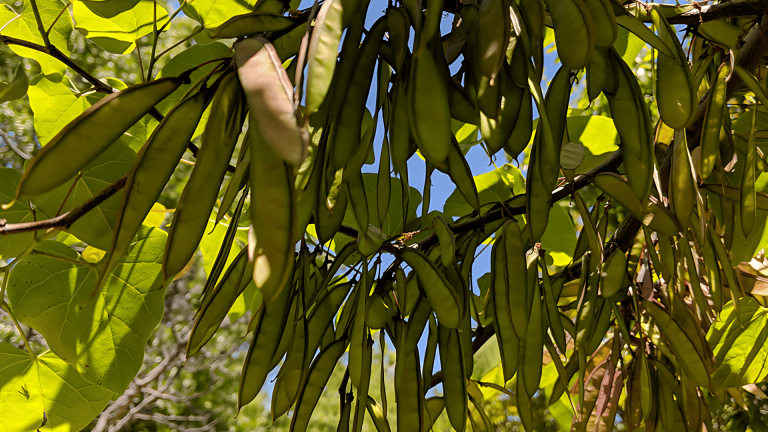
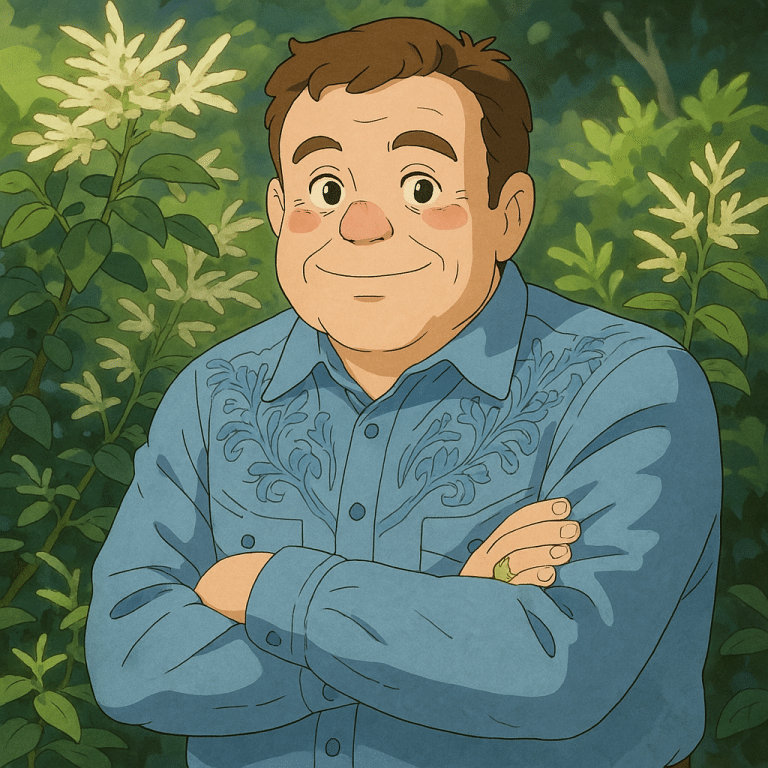





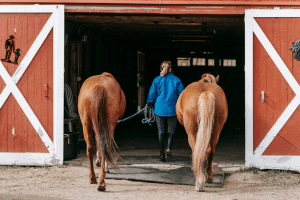
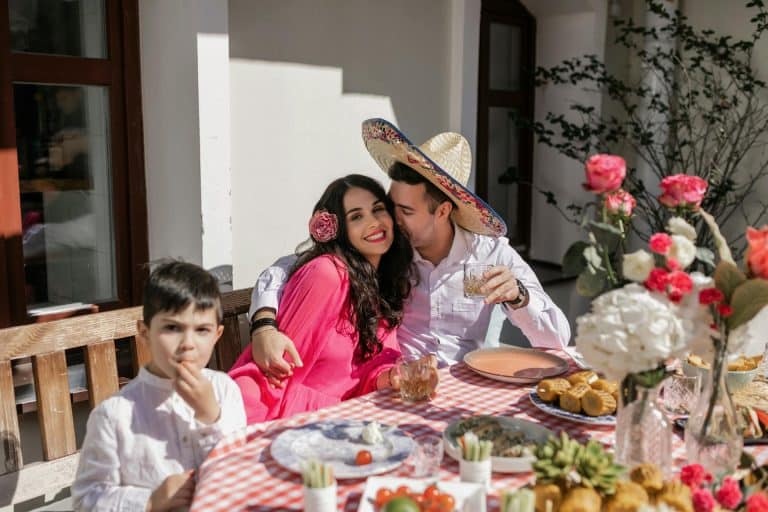



One Response
Do all Redbuds have seed pods? Our neighbours tree does not.